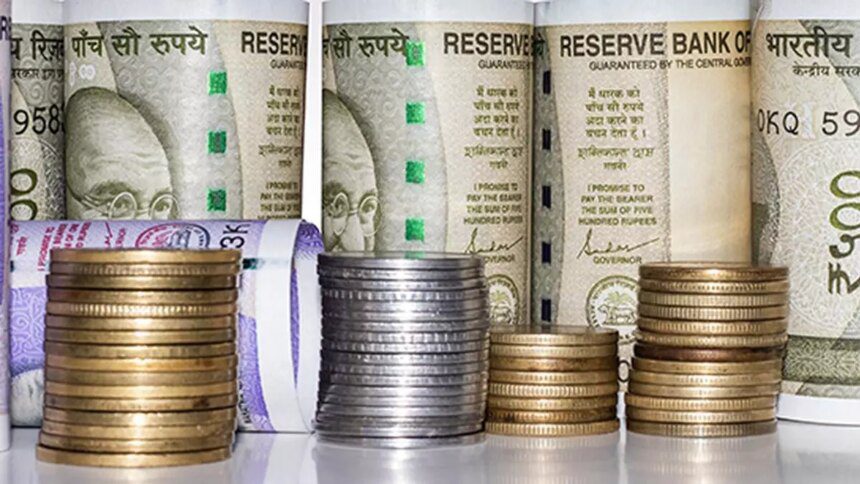The depreciation of the Indian Rupee to a lifetime low of 85.77 against the US Dollar has raised concerns about the impact on the Indian economy. Several factors such as the strength of the Dollar, FPI outflows from equity markets, and importers buying greenbacks have contributed to this decline.
The Dollar index breaching the key 109-mark and expectations of fewer rate cuts in the US have supported the USD’s strength. Additionally, the depreciation of the Chinese Yuan against the USD has also put pressure on the Indian Rupee.
Deutsche Bank India has forecasted the Rupee to depreciate further, reaching 87 against the Dollar by the end of March 2026. They believe that the Rupee will continue to face pressure amidst the ongoing tariff war and volatility in capital flows.
The link between RBI’s interest rate policy and FX policy is a matter of concern for economists. They suggest that RBI not cutting rates will not prevent Rupee depreciation but may impact growth prospects for 2025 and beyond. The economists anticipate more two-way movement for the Rupee in 2025 compared to previous years.
In addition to the Rupee’s depreciation, India’s forex reserves have also declined to an eight-month low of $640.279 billion. This decrease raises concerns about the country’s ability to withstand external shocks and manage its balance of payments.
Overall, the current economic scenario calls for a cautious approach in managing the Rupee’s volatility and strengthening the country’s forex reserves to ensure economic stability in the face of global uncertainties.










